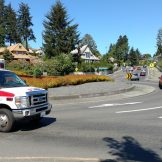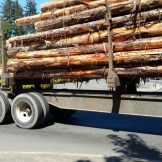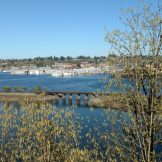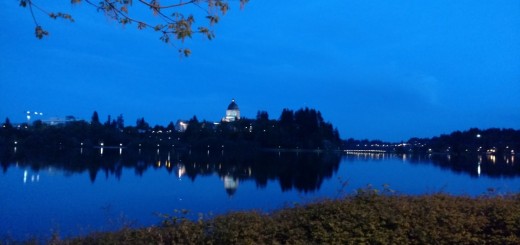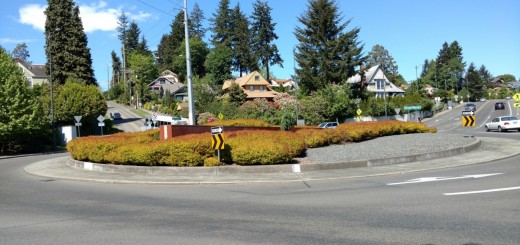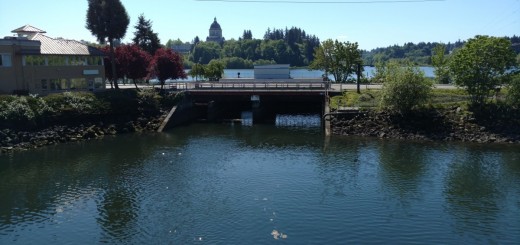A Glimpse into the Future Part I: Climate Change
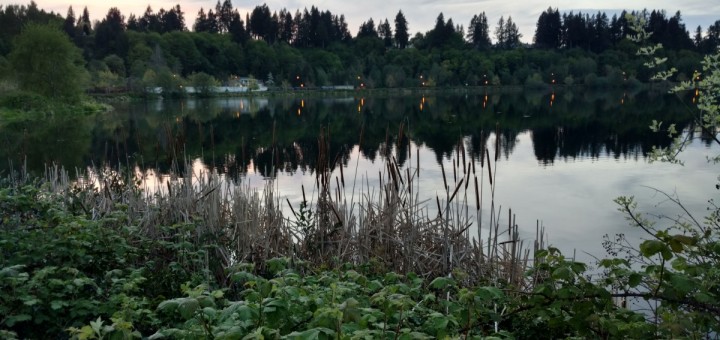
There are a few changes to take into account when looking into the future for this area. Part of the changes will be due to climate change but others are more local and surround the debate about what to do with the dam. In this post, I will talk about the climate change side of things, but keep an eye out for the future of the dam!
Flooding
Olympia is quite vulnerable to sea level rise due to its low elevation (18 to 20 feet is the average elevation downtown) and the fact that much of downtown was built on fill. Back in the 1870s, people used the sediment they dredged up from Budd Inlet to add land to Olympia. Now, this fill might be causing parts of downtown to be sinking, which causes more intense flooding as sea levels rise.
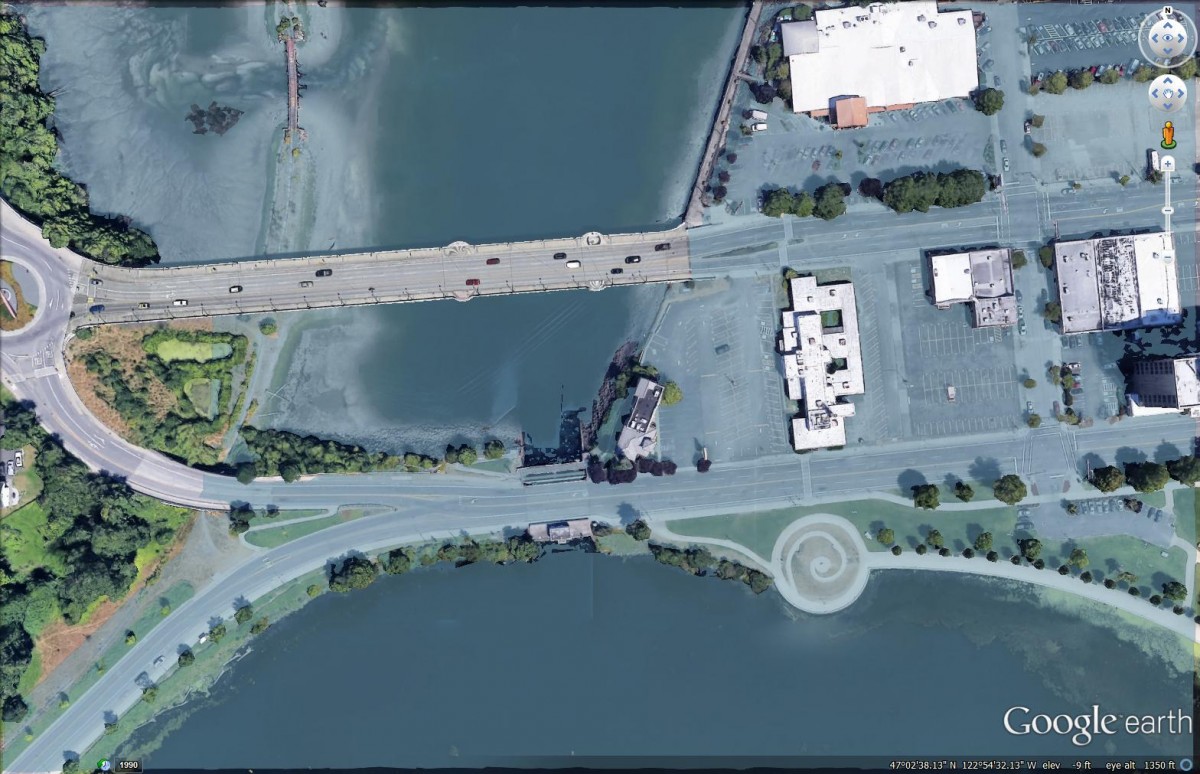
My area of Olympia with four meters of sea level rise. Currently, the little hill with the spiral path is about 20 meters away from the nearest shore and is out of the water. In the map from 1908, the hill is about 69 meters from the shore and is underwater. In the future, however, the hill will be underwater and about 245 meters from the nearest shore.
Flooding in my area has the potential to be very dangerous, as the Fourth Avenue bridge is a major artery for traffic in and out of downtown. Looking at my flood map, it is clear that Fourth Fifth Avenue will be completely flooded in the event of sea level rise or flooding from Capitol Lake. This would keep emergency response vehicles from being able to reach the people that need them. In the instance of long-term flooding of this area, industry could be impacted as well. I sat and watched the traffic flowing into downtown on the Fourth Avenue bridge for less than ten minutes and saw three log trucks crossing the bridge and heading toward the Port.
Ocean Acidification
The ocean is becoming acidified all around the world due to the waters absorbing more carbon dioxide from the atmosphere. This is also true of Puget Sound. Because of this lower than usual pH in the water, different creatures living there and the industries that depend on these creatures will or already have begun to suffer. Oyster hatcheries in the area fear that the recent loss of oyster larvae is due to acidification of the sound. Creatures such as crabs and phytoplankton are also in direct danger of harm from acidification. The phytoplankton being impacted could potentially devastate the Puget Sound ecosystem as they are a primary producers in that system, they feed the other creatures both directly and indirectly.
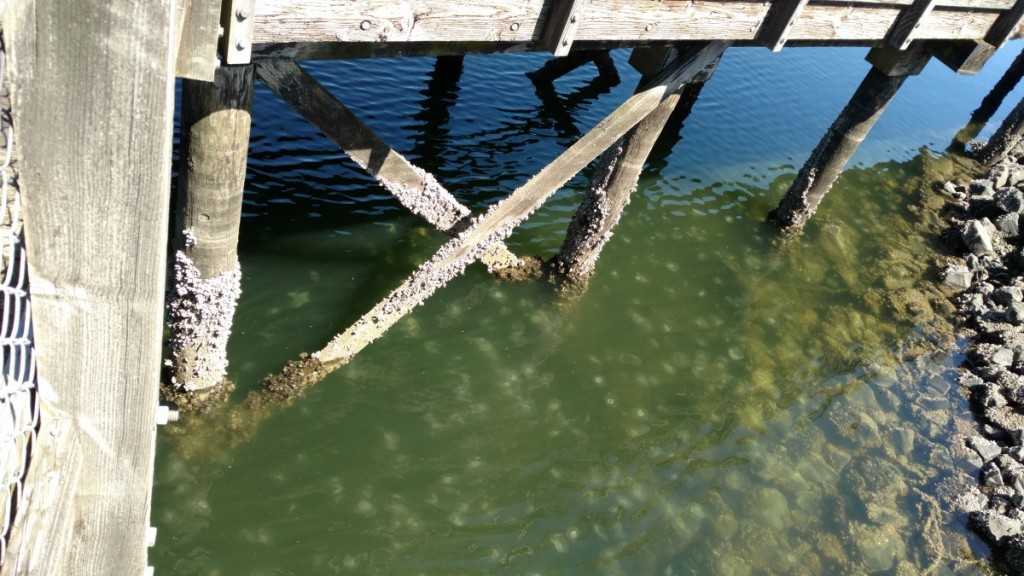
Jellyfish and barnacles in the sound
